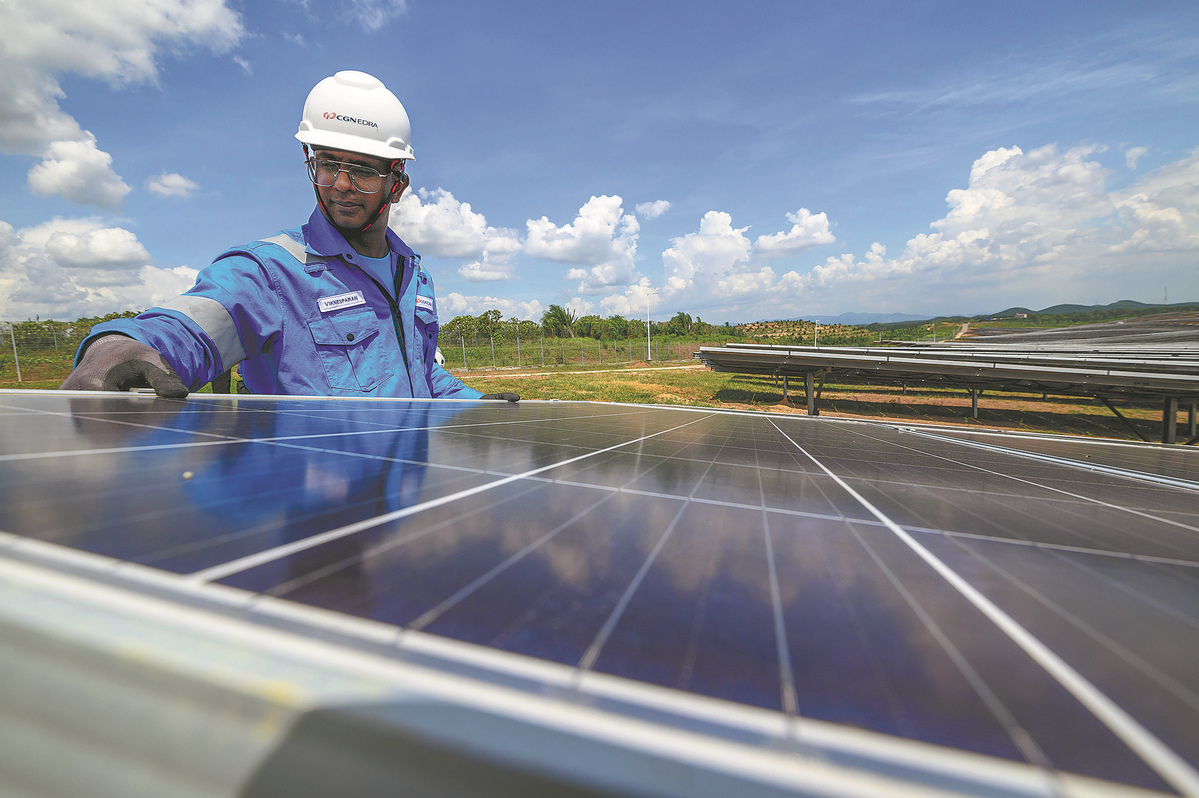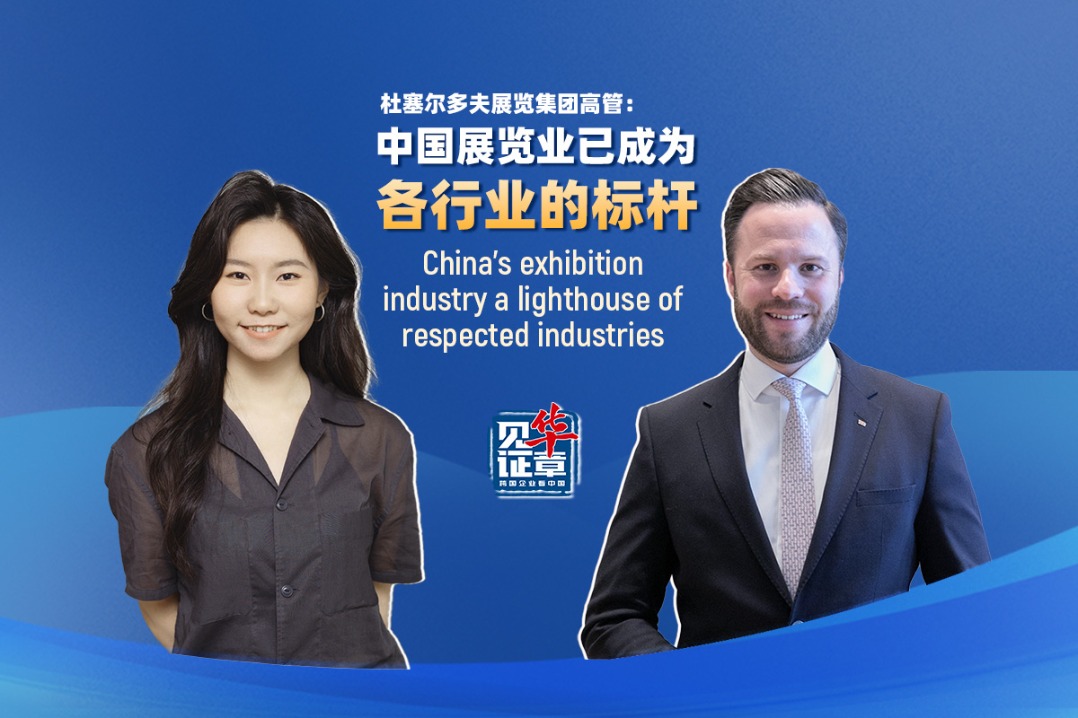Clean energy needs pragmatism not rivalry


Despite escalating trade tensions and shifting climate policies, new evidence reaffirms that China remains a key player in affordable, scalable and high-performing green technologies.
An infographic report, released by Moody's Ratings on Tuesday, notes that China exports clean energy products to more than 200 countries and regions, with a diverse customer base across Europe, the Asia-Pacific, the Americas and Africa.
Such reach ensures that the momentum of green transformation is not monopolized by the Global North but extended equitably across continents, allowing developing economies to also benefit from China's budget-friendly solutions.
Moody's infographic underscores China's unwavering dominance in the global clean energy supply chain. As of last year, China held 91 percent of the global solar panel output and 82 percent of the lithium-ion battery market.
Moreover, the infographic highlights China's remarkable ability to consistently deliver more efficient and cost-effective technology. Solar panel efficiency has surged from a mere 15 percent in 2014 to an impressive 23 percent, while average solar cell prices have plummeted by 75 percent.
For global buyers, the combination of higher performance and lower cost keeps Chinese suppliers central to the clean energy supply chain, even amid rising geopolitical pressures.
Importantly, China's role as a global supplier does not come at the expense of domestic progress.
Data released Wednesday by the National Bureau of Statistics confirms that the clean energy sectors experienced rapid growth in the first quarter of 2025, while China saw its economy surge 5.4 percent in the first quarter year-on-year.
Moreover, the share of nonfossil fuels in China's total energy consumption increased by 1.5 percentage points during the same period, indicating tangible and measurable progress toward decarbonization within the country. Some in the West have viewed China's progress in clean energy through the lens of geopolitical risk. They argue that relying on China's clean energy products poses strategic vulnerabilities and justifies trade restrictions.
While diversifying supply chains is prudent, allowing geopolitics to derail climate action is shortsighted.
To hinder progress, it is counterproductive to obstruct what works. China's proven, affordable, and globally accessible clean energy technologies must remain at the forefront of the global response to climate change and the pursuit of net-zero goals.
Instead of erecting barriers that could potentially slow down this transition, the international community should focus on harnessing China's capabilities to accelerate decarbonization efforts globally. In this pivotal decade, pragmatism, not geopolitical rivalry, must guide climate policy.































